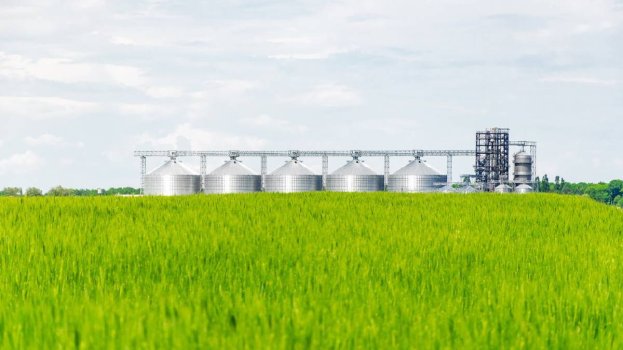The uptake of Internet of Things technology in the agricultural sector is at an inflection point.
But many in the sector are still wondering what exactly is IoT.
In a nutshell, IoT is where objects like weather stations and soil moisture monitors are fitted with sensors and software. These objects can then be connected to other devices to exchange data via the internet or other communications networks.
But IoT is progressing beyond simply a weather station talking to a mobile phone, and industries are now creating digital versions of entire supply chains.
Inmarsat market development director Steven Tompkins said increasingly businesses were wanting to track goods in real-time from 'field to fork' to better manage quality and reduce waste.
It's a space Inmarsat have been interested in for a long time; the company owns and operates 14 satellites in geostationary orbit to provide internet access across the world, including in rural Australia.
Continue reading: https://www.farmweekly.com.au/story/7447550/agricultures-interconnected-future/?cs=5150
But many in the sector are still wondering what exactly is IoT.
In a nutshell, IoT is where objects like weather stations and soil moisture monitors are fitted with sensors and software. These objects can then be connected to other devices to exchange data via the internet or other communications networks.
But IoT is progressing beyond simply a weather station talking to a mobile phone, and industries are now creating digital versions of entire supply chains.
Inmarsat market development director Steven Tompkins said increasingly businesses were wanting to track goods in real-time from 'field to fork' to better manage quality and reduce waste.
It's a space Inmarsat have been interested in for a long time; the company owns and operates 14 satellites in geostationary orbit to provide internet access across the world, including in rural Australia.
Continue reading: https://www.farmweekly.com.au/story/7447550/agricultures-interconnected-future/?cs=5150

